John Allen Paulos yesterday at Twitter—
"Plato's code cracked? http://bit.ly/ad6k1S
Fascinating if not a hoax or hype."
The story that Paulos linked to is about a British
academic who claims to have found some
symbolism hidden in Plato's writings by
splitting each into 12 parts and correlating
the 12 parts with semitones of a musical scale.
I prefer a different approach to Plato that is
related to the following hoax and hype—
HOAX:
From Dan Brown's novel Angels & Demons (2000)—

HYPE:
This four-elements diamond summarizes the classical
four elements and four qualities neatly, but some scholars
might call the figure "hype" since it deals with an academically
disreputable subject, alchemy, and since its origin is unclear.
For the four elements' role in some literature more respectable
than Dan Brown's, see Poetry's Bones.
Although an author like Brown might spin the remarks
below into a narrative— The Plato Code — they are
neither hoax nor hype.
NOT HOAX:

NOT HYPE:
For related non-hoax, non-hype remarks, see
The Rational Enterprise: Logos in Plato's Theaetetus,
by Rosemary Desjardins.
Those who prefer hoax and hype in their philosophy may consult
the writings of, say, Barbara Johnson, Rosalind Krauss, and—
in yesterday's NY Times's "The Stone" column— Nancy Bauer.

— The New York Times

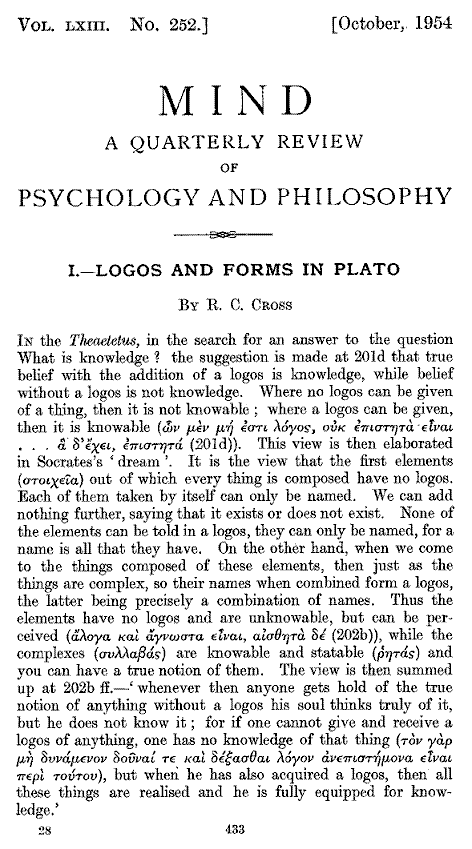


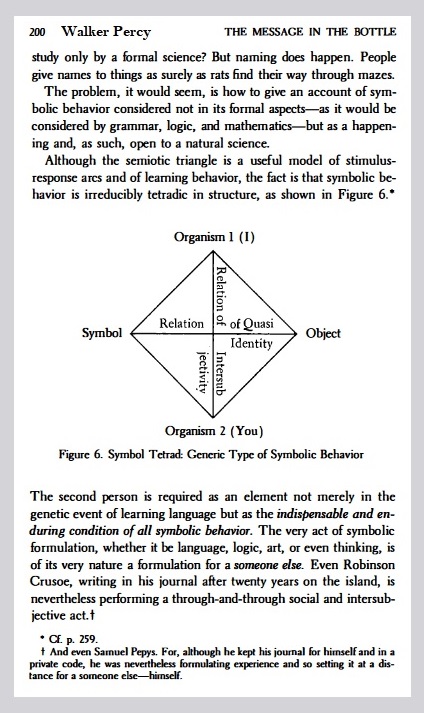






















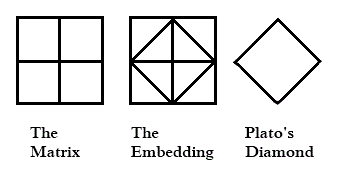




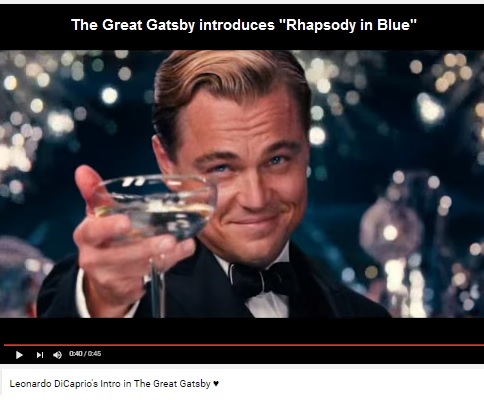







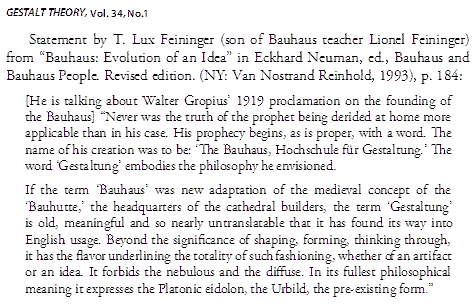


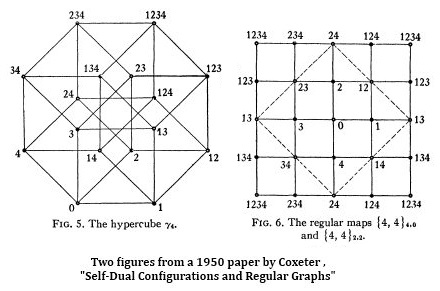

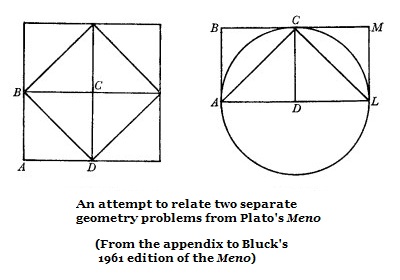








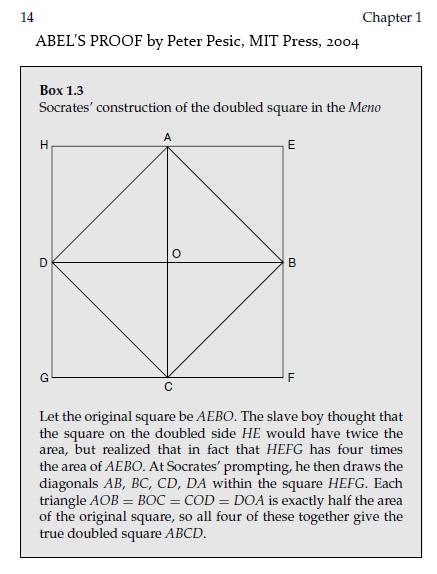



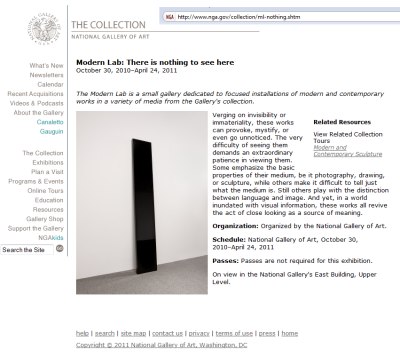

















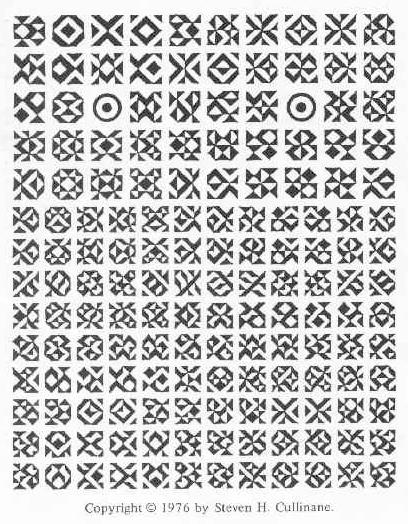















 22. Without using the Pythagorean Theorem prove that the hypotenuse of an isosceles right triangle will have the length
22. Without using the Pythagorean Theorem prove that the hypotenuse of an isosceles right triangle will have the length  if the equal legs have the length 1. Suggestion: Consider the similar triangles in Fig. 39.
if the equal legs have the length 1. Suggestion: Consider the similar triangles in Fig. 39.








